Tags are not available
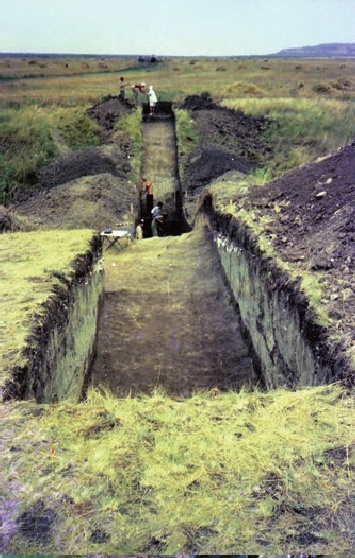
Volgograd region is a territory with a great number of historical monuments of antiquity and the Middle Ages. Relics of primitive people, Mongol-Tatar invasion and nomad tribes were found on its territory.
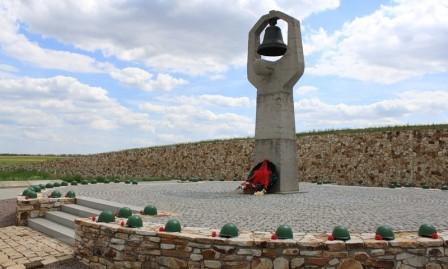
The Rossoshki military-memorial graveyard is located 60 kilometres away from Volgograd. The graveyard got its name after two villages that were situated here – Malyye Rossoshki and Bolshie Rossoshki villages. These villages were completely destroyed during the Battle of Stalingrad. Right there 33 Russian Soviet soldiers performed the act of bravery, when they survived in a bloody attack and destroyed 27 tanks and killed 150 German soldiers.
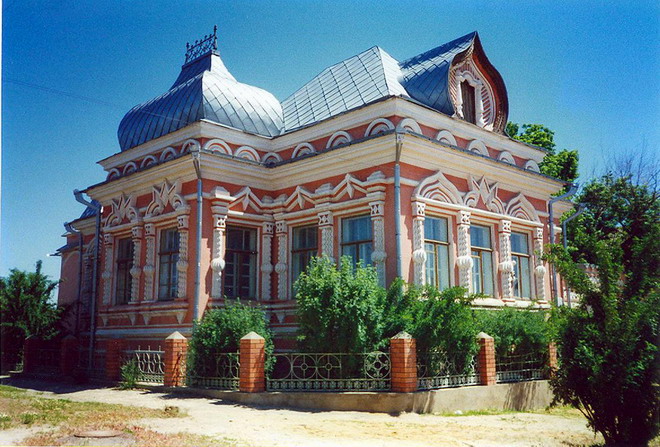
Merchant Zhemarin’s house is a unique building located in a small town of Dubovka, 40 kilometres north-east of Volgograd. Pavel Zhemarin was famous merchant in the Volga region. He wanted to build the most beautiful house in the town.
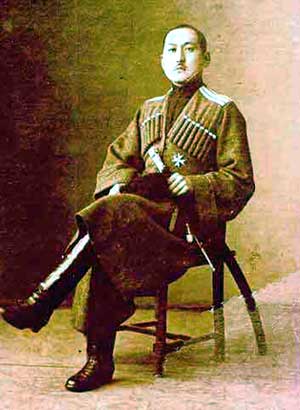
The stone estate of the Kalmyk princes of Tundutov was built at the end of the 19th century. The princes of Tundutov are Genghis-Khan descendants. According to an ancient legend, their ancestors had some divine origin. The Tundutovs are considered to be the custodians of ancient traditions, senior mentors of the Kalmyk people.
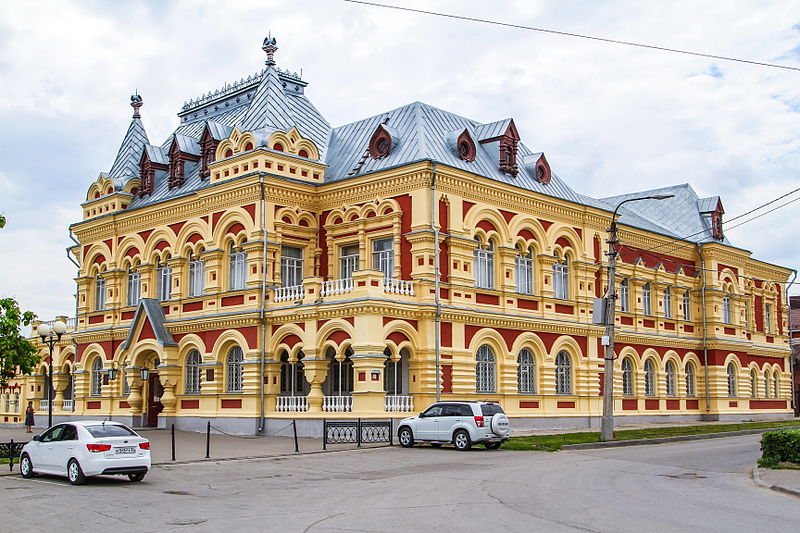
The Kamyshin museum of history and local lore is one of the most interesting museums in the Volgograd region. It was opened in 1961. The building of the museum represents a unique architectural monument.
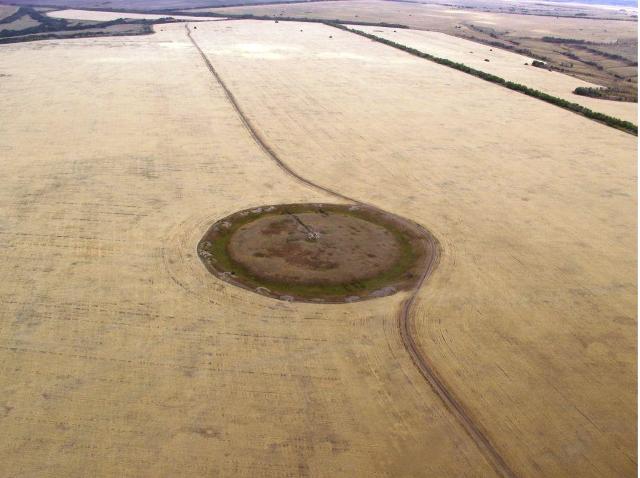
In Ilovlinskiy district, near Trekhostrovskaya Cossack village there is an ancient pagan temple devoted to the fire god of Agni. On the photos taken in the space it looks like a navel. That is why it is called the navel of the world.
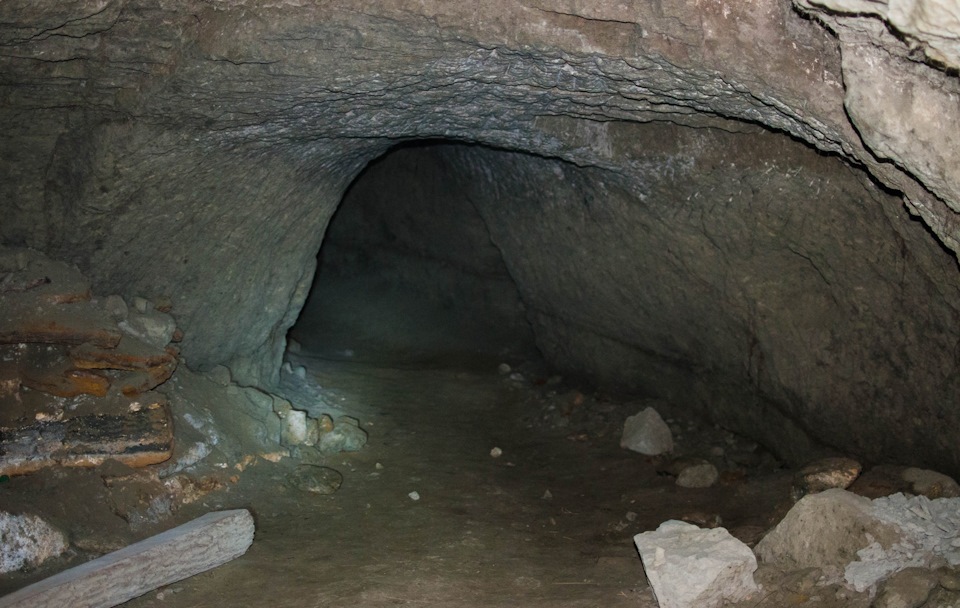
Rising 90 metres above the Volga reservoir, the Urakov Hillock is primarily famous for its man-made caves. These caves date back to the 18th-19th centuries. The Lower Volga largest cave labyrinth is located here. Its total length is 800 metres.